Introduction
In an era where climate change and environmental conservation are pressing global issues, the way we travel matters more than ever. Tourism accounts for about 8% of global greenhouse gas emissions, underscoring the urgent need for responsible travel practices. Sustainable travel, or eco-friendly travel, involves making choices that minimize your negative impact on destinations, ideally leaving them better than you found them. This guide will help you understand what sustainable travel is, why it matters, and how you can adopt it as a way of life while exploring the world.
Travel can be one of the most enriching experiences, providing opportunities to learn about new cultures, connect with nature, and broaden our perspectives. However, it also comes with significant environmental and social costs. From the carbon emissions associated with flights to the waste generated by single-use plastics, traditional travel methods can have a detrimental impact on the planet. By adopting sustainable travel practices, we can enjoy the benefits of travel while mitigating its negative effects.
Consider the story of Emily, a passionate traveler who decided to make a change after witnessing the effects of overtourism in Venice. The crowded streets, the damage to historical sites, and the strain on local resources made her rethink her travel habits. Inspired by her experience, Emily started to research ways to travel more sustainably and found that even small changes could make a big difference. Her journey toward sustainable travel not only reduced her environmental footprint but also enriched her travel experiences by connecting her more deeply with local communities and cultures.
By making mindful choices, such as selecting eco-friendly accommodations, supporting local economies, and reducing waste, we can travel in a way that respects and preserves the destinations we love. This guide provides practical tips and insights to help you embark on your own sustainable travel journey, ensuring that your adventures contribute positively to the world.
What is Sustainable Travel?
Sustainable travel refers to tourism that respects local people, cultural heritage, and the environment. It seeks to provide exciting and educational vacation experiences while making a positive impact on the destination. This means considering the environmental, social, and economic impacts of your travel decisions and taking steps to minimize any negative effects.
Sustainable travel goes beyond the concept of eco-tourism, which primarily focuses on nature and wildlife. It encompasses all forms of tourism, emphasizing the importance of balancing the needs of tourists, the environment, and local communities. The goal is to ensure that tourism can be maintained long-term without harming natural and cultural resources.
Importance of Sustainable Travel
- Environmental Protection: By adopting eco-friendly travel habits, you help reduce pollution, conserve natural resources, and protect wildlife and ecosystems.
- Economic Benefits: Supporting local businesses ensures tourism revenue stays within the community, boosting the local economy and creating jobs.
- Cultural Preservation: Sustainable travel promotes the preservation of cultural heritage and traditions, ensuring they are respected and valued.
To illustrate the benefits of sustainable travel, consider the case of Bhutan, a country that has embraced the concept of Gross National Happiness, prioritizing the well-being of its citizens and the environment over economic growth. By implementing a high-value, low-impact tourism policy, Bhutan has successfully managed to protect its natural and cultural heritage while providing meaningful experiences for visitors. Tourists pay a daily fee that covers accommodation, food, and a licensed guide, ensuring that their visit benefits local communities and minimizes environmental impact.
Another example is the Galápagos Islands, where strict regulations have been put in place to protect the unique biodiversity of the archipelago. By limiting the number of visitors and enforcing sustainable tourism practices, the Galápagos has managed to preserve its delicate ecosystems while allowing tourists to experience its natural wonders responsibly.
Planning a Sustainable Trip
The first step toward sustainable travel is thoughtful planning. Focus on the following key areas:
1.Research
- Eco-Friendly Destinations: Choose countries and cities known for their commitment to sustainability, such as Costa Rica and Iceland. Costa Rica, for instance, is renowned for its eco-tourism initiatives and efforts to protect its biodiversity. The country has set aside over 25% of its land for national parks and reserves, making it a prime destination for nature lovers and eco-conscious travelers.
Iceland, on the other hand, is a leader in renewable energy use, with nearly 100% of its electricity coming from renewable sources. The country’s stunning landscapes, including waterfalls, geysers, and glaciers, attract tourists from around the world who are interested in sustainable travel experiences.
- Certification and Awards: Look for destinations and accommodations with eco-certifications or awards from recognized organizations like Green Globe or EarthCheck. These certifications ensure that the destination or accommodation meets specific environmental standards and is committed to sustainable practices.
2.Transportation
- Flying: Air travel is a major contributor to greenhouse gas emissions. If you must fly, opt for direct flights and consider purchasing carbon offsets. Direct flights are more efficient as they eliminate the need for multiple take-offs and landings, which consume a significant amount of fuel. Carbon offsets allow travelers to compensate for their carbon emissions by investing in environmental projects that reduce greenhouse gases elsewhere.
- Alternative Transport: Whenever possible, use trains, buses, or ferries, which are generally more eco-friendly than flying. For shorter distances, biking or walking are excellent zero-emission options. For example, Europe’s extensive train network offers a convenient and sustainable way to explore multiple countries with minimal environmental impact. Additionally, some cities offer bike-sharing programs that make it easy to explore on two wheels.
Eco-Friendly Accommodations
Choosing and staying in green lodging is a cornerstone of sustainable travel. Here’s how to find the right place:
1.Green Certifications
Look for hotels and lodges with eco-certifications like LEED, Green Key, or Green Seal. These certifications ensure that the property meets specific environmental standards and is committed to sustainable practices.
2.Sustainable Practices
Choose accommodations that use renewable energy sources, have energy-efficient systems, recycle waste, conserve water, and use biodegradable cleaning products.
Criteria for Sustainable Lodging
- Energy Efficiency: Does the property use energy-efficient lighting and appliances? Are there policies to reduce energy consumption?
- Water Conservation: Are there measures to conserve water, such as low-flow toilets and showerheads, and linen reuse programs?
- Waste Management: Does the accommodation have a recycling program? Do they minimize the use of single-use plastics?
- Local Sourcing: Do they source food and products locally to reduce transportation emissions and support the local economy?
For example, the Proximity Hotel in Greensboro, North Carolina, is the first LEED Platinum-certified hotel in the United States. It uses 40% less energy than a conventional hotel by incorporating innovative design elements such as solar panels and regenerative drive elevators. Similarly, the Hotel Verde in Cape Town, South Africa, features a living wall, electric car charging stations, and a greywater recycling system.
Sustainable Activities
Engaging in sustainable activities can enhance your travel experience while minimizing your environmental impact.

1.Local Experiences
- Community-Based Tourism: Look for tours and activities owned and operated by local communities, which are often more authentic and directly benefit local residents. For instance, in Thailand, the Chiang Mai Community-Based Tourism Network offers visitors the chance to stay with local families, learn traditional crafts, and participate in cultural ceremonies.
- Cultural Immersion: Participate in cultural activities such as cooking classes, traditional dance performances, or craft workshops, which help preserve local traditions. In Peru, for example, travelers can join Quechua communities in the Sacred Valley to learn about traditional weaving techniques and agricultural practices.
2.Respect Wildlife
- Ethical Wildlife Tourism: Choose tours that follow ethical guidelines for wildlife interaction, ensuring animals are not disturbed or harmed. Avoid attractions that exploit animals, such as elephant rides or dolphin shows. Instead, opt for wildlife sanctuaries and conservation centers that prioritize animal welfare. The Elephant Nature Park in Chiang Mai, Thailand, is a sanctuary that rescues and rehabilitates elephants, allowing visitors to observe and care for these majestic animals in a responsible manner.
- Protected Areas: Visit national parks and nature reserves managed for conservation. Respect park rules and guidelines to minimize your impact. The Galápagos National Park, for instance, has strict visitor guidelines to protect its unique biodiversity. Visitors are encouraged to stay on marked trails, avoid touching wildlife, and dispose of waste properly.
Packing for Sustainability
Your packing choices can greatly influence the sustainability of your travel. Here’s how to pack with the planet in mind:
1.Eco-Friendly Gear
- Reusable Items: Pack reusable water bottles, shopping bags, and utensils to reduce single-use plastics. A reusable coffee cup and a set of travel cutlery can make a big difference. Brands like Hydro Flask, Stojo, and Bamboo Utensils offer durable and convenient reusable products.
- Sustainable Products: Choose products made from sustainable materials, such as bamboo toothbrushes, biodegradable soap, and coral-safe sunscreen. Companies like Ethique and Sun Bum provide eco-friendly personal care products that minimize environmental impact.
2.Light Packing
- Carry-On Only: If possible, travel with just a carry-on bag. Lighter luggage means planes, trains, and cars use less fuel. Use packing cubes to maximize space and stay organized.
- Multi-Use Items: Pack versatile clothing that can be layered and used in multiple outfits, reducing the number of items you need to bring. Brands like Patagonia and PrAna offer high-quality, durable clothing suitable for various climates and activities.
Supporting Local Economies
One of the most impactful ways to travel sustainably is by supporting the local economy of your destination.
1.Shop Local
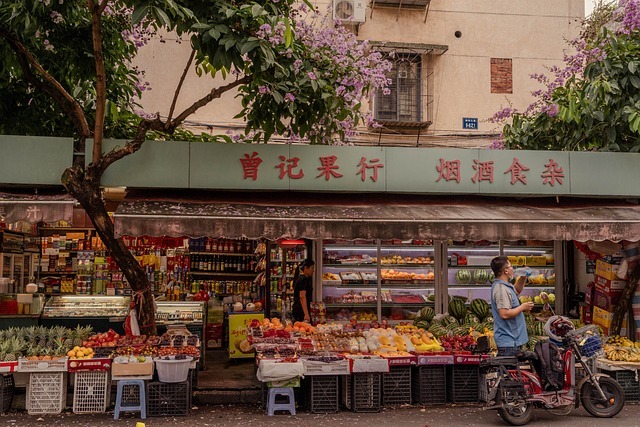
- Local Markets: Visit local markets to buy souvenirs and gifts, often handmade and unique, supporting local craftspeople. The Chatuchak Market in Bangkok, for instance, is a great place to find locally made goods while supporting Thai artisans.
- Fair Trade: Look for fair trade products that guarantee fair wages and working conditions for producers. Fair trade certification ensures that workers receive fair compensation and work in safe conditions, contributing to sustainable development.
3.Eat Local
- Farm-to-Table: Seek out restaurants that use locally sourced ingredients, reducing the carbon emissions associated with transporting food and supporting local farmers. For instance, the Blue Hill restaurant in New York offers a farm-to-table dining experience with ingredients sourced from its own farm and local suppliers.
- Street Food: Don’t shy away from street food. It’s often a great way to experience local cuisine and support small vendors. In places like Mexico City, street food markets offer an array of traditional dishes prepared by local cooks using fresh, regional ingredients.
Minimizing Waste
Waste management is a significant issue in many tourist destinations. Here’s how you can minimize your waste footprint:
1.Reduce, Reuse, Recycle
- Single-Use Plastics: Avoid single-use plastics by carrying reusable items like water bottles, bags, and straws. Some destinations, such as Bali and Kenya, have banned single-use plastics to combat pollution.
- Recycling: Find out about recycling facilities and policies at your destination. Many countries have robust recycling programs that you can participate in.
2.Conscious Consumption
- Packaging: Choose products with minimal or biodegradable packaging. For example, opting for shampoo bars instead of bottled shampoo reduces plastic waste.
- Second-Hand Shops: Consider shopping at second-hand shops for clothing and other items. This not only reduces waste but also supports local businesses and promotes a circular economy.
Offsetting Carbon Emissions
While it’s impossible to eliminate all carbon emissions from travel, you can offset your carbon footprint by investing in projects that reduce greenhouse gases.
1.Carbon Offsetting Programs
- Verified Programs: Choose reputable carbon offset programs that are verified by organizations such as Gold Standard or Verified Carbon Standard (VCS). These programs ensure that your contributions go towards legitimate and effective projects.
- Types of Projects: Carbon offset projects can include reforestation, renewable energy, and community-based initiatives. For example, reforestation projects in the Amazon rainforest help absorb CO2 while supporting biodiversity and local communities.
2.Personal Contributions
- Plant Trees: Consider planting trees in your own community or through organizations like Trees for the Future. Trees absorb CO2 and provide numerous environmental benefits.
- Energy Efficiency: Make your home more energy-efficient by using LED bulbs, reducing water usage, and insulating your home. These actions can help offset the carbon footprint of your travels.
Educating Yourself and Others
Education is a powerful tool for promoting sustainable travel. By learning about and sharing sustainable practices, you can inspire others to make responsible travel choices.
1.Stay Informed
- Research: Stay informed about sustainability issues and best practices through books, documentaries, and reputable websites. Publications like National Geographic and websites like Sustainable Travel International offer valuable insights and resources.
- Workshops and Seminars: Attend workshops and seminars on sustainable travel and environmental conservation. These events provide opportunities to learn from experts and connect with like-minded individuals.
2.Share Your Knowledge
- Social Media: Use social media to share your sustainable travel experiences and tips. Platforms like Instagram and Facebook are great for reaching a wide audience and raising awareness about responsible travel.
- Travel Blogs: Start a travel blog to document your sustainable travel adventures and provide practical advice for others. Sharing your stories and insights can inspire more people to adopt eco-friendly travel habits.
Sustainable Travel Resources
To further enhance your sustainable travel efforts, here are some valuable resources:
1.Websites
- Sustainable Travel International: Provides resources and tools for travelers to make responsible travel choices.
- Responsible Travel: Offers eco-friendly travel options and tips for sustainable tourism.
- Global Sustainable Tourism Council (GSTC): Sets global standards for sustainable travel and tourism.
2.Books
- “Overbooked: The Exploding Business of Travel and Tourism” by Elizabeth Becker: An in-depth look at the impacts of global tourism.
- “How to Travel the World on $50 a Day” by Matt Kepnes: Offers budget-friendly travel tips with a focus on sustainable practices.
- “The Responsible Traveler” by Bridgette Meinhold: A guide to eco-friendly and socially responsible travel.
3.Documentaries
- “Before the Flood”: Explores the impact of climate change and the importance of sustainable practices.
- “The True Cost”: Investigates the fashion industry’s impact on the environment and promotes conscious consumption.
- “Chasing Ice”: Documents the effects of climate change on glaciers and the importance of environmental conservation.
Conclusion
Sustainable travel is not just a trend; it’s a necessary shift in how we explore the world. By making conscious choices, we can minimize our environmental impact, support local economies, and preserve cultural heritage. Whether it’s choosing eco-friendly accommodations, participating in community-based tourism, or reducing waste, every small step contributes to a more sustainable future.
As travelers, we have the power to make a positive impact on the places we visit. By embracing sustainable travel practices, we can ensure that our adventures not only bring joy and enrichment to our lives but also protect and preserve the beauty and diversity of our planet for generations to come. So, pack your bags with a green mindset, and embark on your next journey knowing that you are part of the solution to creating a more sustainable and responsible world






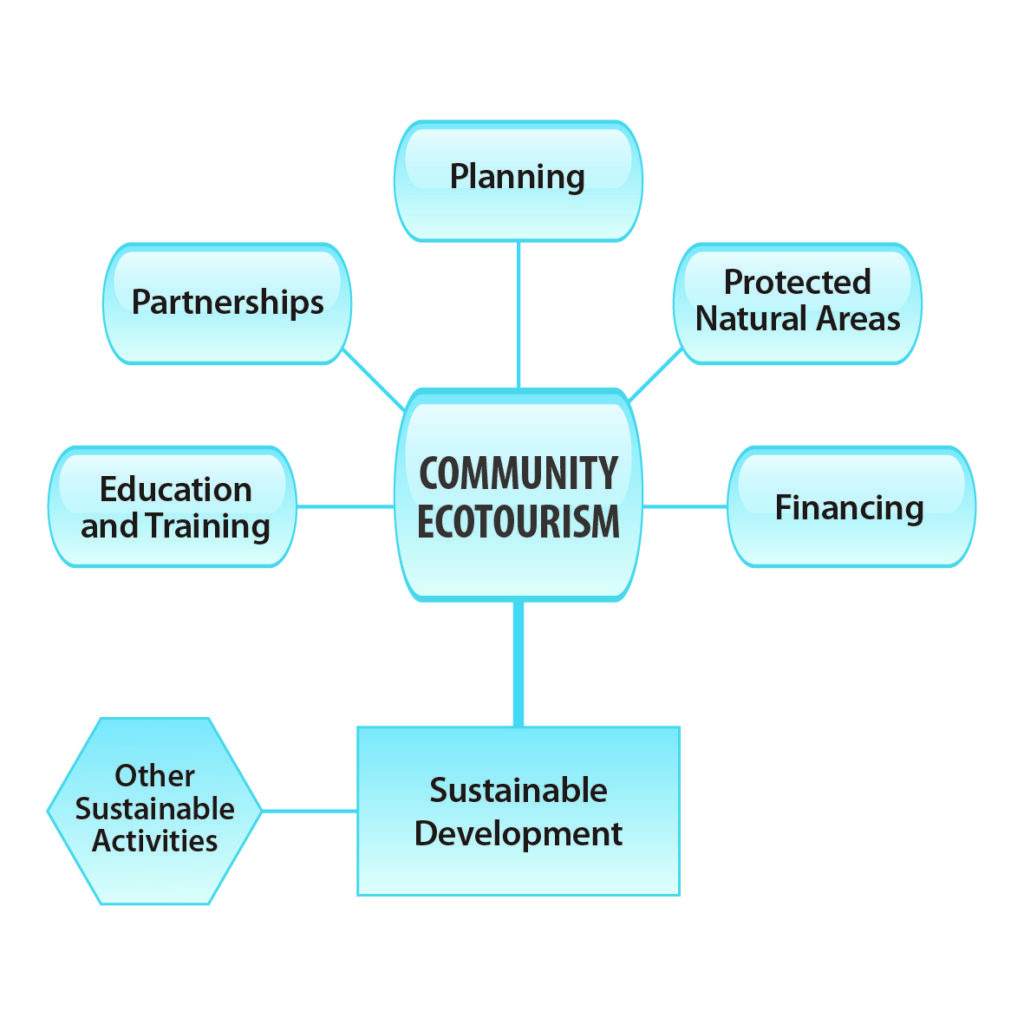
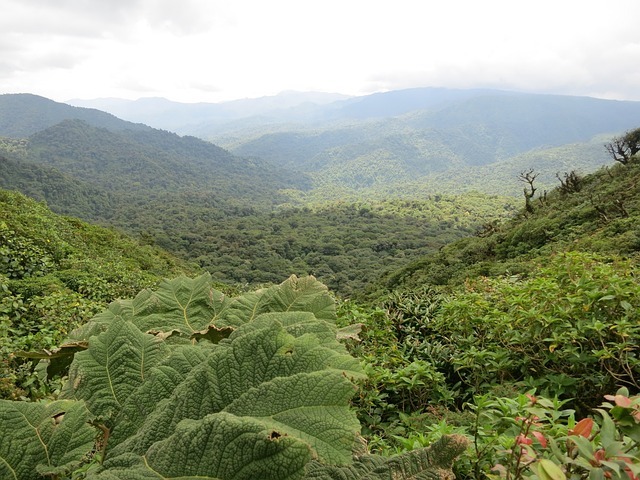

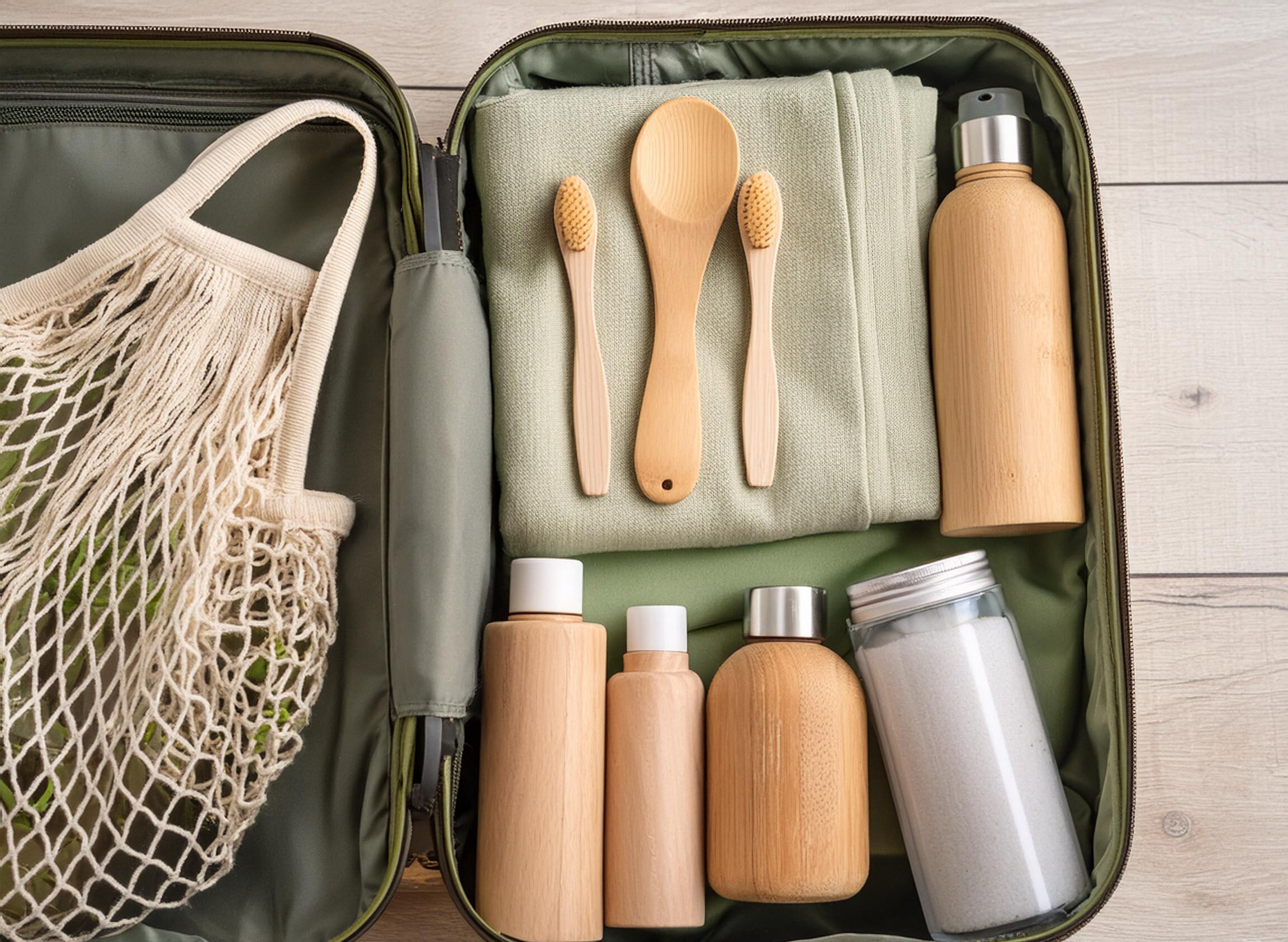
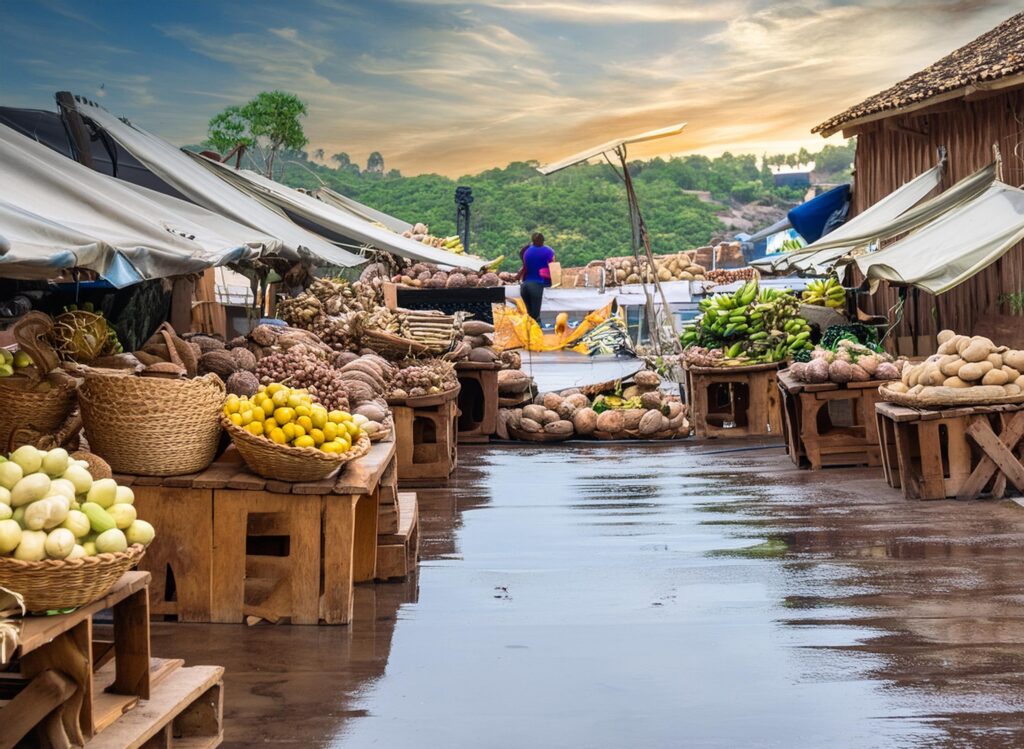

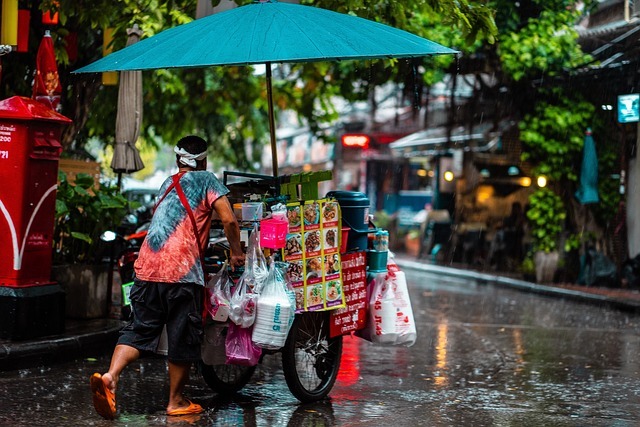

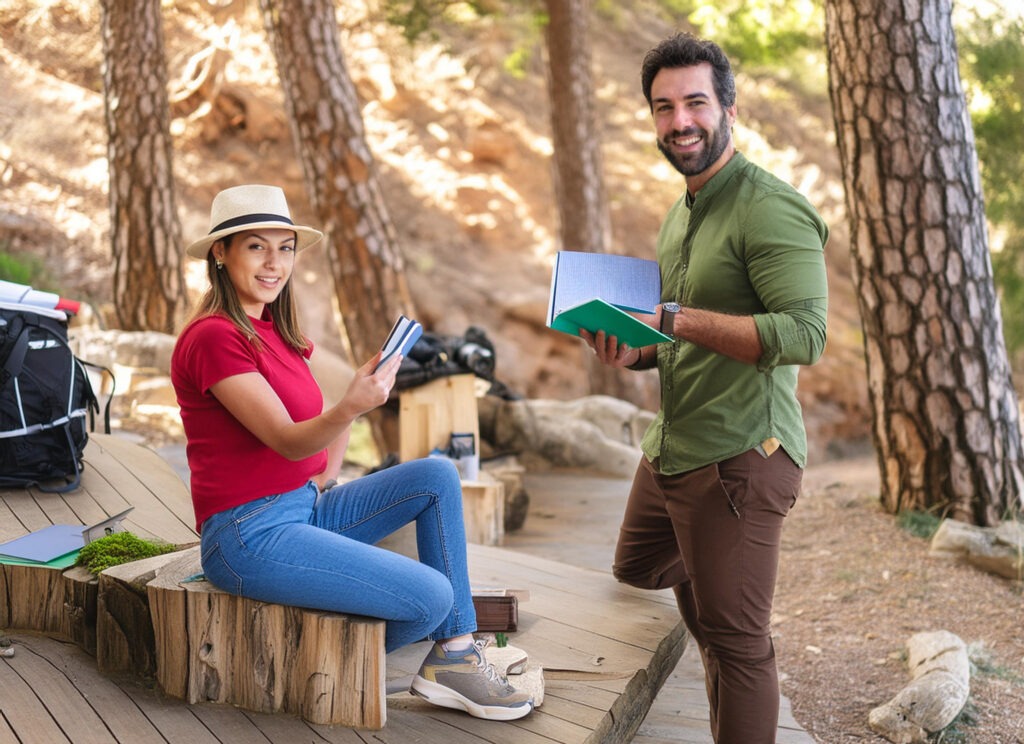







6 Comments
Hello
I’ve been following this blog for years and it’s amazing to see how much it has grown and evolved Congratulations on all your success!
thanks for your response
Usually I do not read article on blogs however I would like to say that this writeup very compelled me to take a look at and do it Your writing style has been amazed me Thank you very nice article
Muchas gracias. ?Como puedo iniciar sesion?
Thanks for sharing. I read many of your blog posts, cool, your blog is very good.